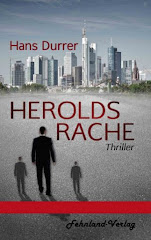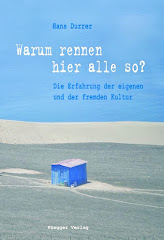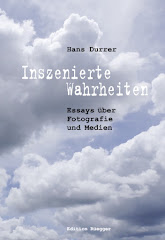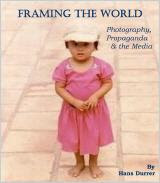Janet Malcolm's
Iphigenia in Forest Hills is introduced by two quotes and one of these describes perfectly what distinguishes "real life" from the staged life in a court of law: "Everything is ambiguous in life except in court."
Anatomy of a Murder Trial reads the subtitle and Janet Malcolm is excellent at dissecting the game that is played in court, and at exposing its flaws. "Most of these objections were overruled by the judge, who repeatedly told the jury, 'What they say in their opening statement is not evidence.' What they say in their opening statements is decisive, of course. If we understand that a trial is a contest between competing narratives, we can see the importance of the first appearance of the narrators. The impression they make on the jury is indelible. An attorney who bores and irritates the jury during his opening statement, no matter what evidence he may later produce, has put his case at fatal risk."
Iphigenia in Forest Hills tells the story of a murder trial in Queens that took place in 2009. Accused were Mazoltuv Borukhova, 34, a doctor, and Mikhail
Mallayev, 50, her relative by marriage whom she hired to shoot her
estranged husband, Daniel Malakov, in 2007. Of Borukhova Malcolm writes that "she couldn't have done and she must have done it."
On the one hand,
Iphigenia in Forest Hills is
a subtly observed
study of the theatre in a courtroom
, and a devastating critique of the legal system (Borukhova and Mallayev spent over a year in cells on Rikers Island, Malcolm comments: "My visit only confirmed the hollowness of the concept of presumption of innocence."). On the other hand, it is a likewise devastating critique of the journalism trade
("Journalism is an enterprise of reassurance. We do not wring our hands and rend our clothes over the senseless crimes and disasters that give us our subject. We explain and blame. We are conoisseurs of certainty."). However, this book is much more than that for Janet Malcolm provides insights that leave you wondering how we human beings can put up with (and believe in, even make sense of) our fundamentally flawed systems. In
The Crime of Sheila McGough, another of Malcolm's real life thrillers which is at the same time a meditation on journalism, character, the law, and the incompatibility of narrative with truth, she quotes Sharon Cameron (from
Beautiful Work: A Meditation on Pain): "He didn't answer. He rather said: 'It is possible to think this: without a reference point there is meaninglessness. But I wish you'd understand that without a reference point you're in the real.'" That, in my view, describes precisely what Malcolm's books (and that includes
Iphigenia in Forest Hills) revolve around.
Janet Malcolm is a creative and original thinker, and she is an excellent writer: it is not only a pleasure to read her but a rewarding experience.
"If any profession (apart from the novelist's) is in the business of making things up, it is the profession of the trial lawyer."
"But from court documents we can follow the itinerary of Borukhova's journey out of the merciful messiness of private life into the pitiless orderliness of the legal system."
"Ezra's refusal to play – his continued protests against being questioned in a way people aren't questioned in life outside the courtroom – brought into sharp relief the artificial and, you might even say, inhuman character of courtroom discourse."
" ... the solution to the problem of a child who cries hysterically when threatened with separation from her mother while in the presence of her absent father – is to take the child away from the mother and send her to live with the father!"
"He looked at me without surprise or even interest, as characters in dreams do."
In sum: necessary reading.
Janet Malcolm
Iphigenia in Forest Hills
Anatomy of a Murder Trial
Yale University Press, New Haven & London 2012
































